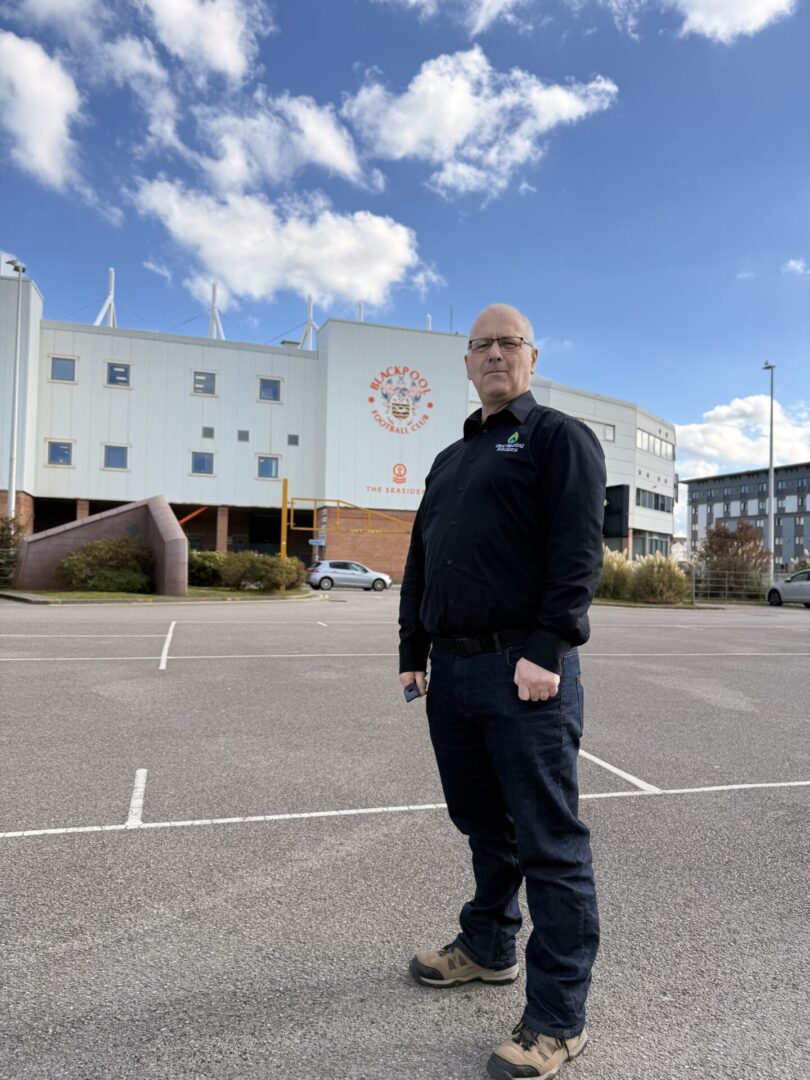
Lancashire Built Environment
Lancashire built environment is undergoing a transformative shift. With major investments, regeneration projects, and a renewed focus on sustainability, the region is positioning itself as a leader in the UK’s construction and development landscape. This article explores the current state of Lancashire’s built environment, the opportunities it presents, and the challenges that must be addressed to ensure long-term success.
Whether you’re a contractor, developer, policymaker, or local business, understanding the dynamics of this sector is crucial. Read on to gain insights into the region’s strengths, the hurdles it faces, and how collaboration can shape a more resilient and sustainable future.
The Strength of Lancashire’s Built Environment
A Region on the Rise
Lancashire has long been a cornerstone of the UK’s industrial and architectural heritage. Today, it is experiencing a resurgence, with regeneration projects breathing new life into towns and cities across the county. From Preston’s City Deal to Blackpool’s multibillion-pound regeneration strategy, the momentum is undeniable.
Investment and Infrastructure
Recent years have seen significant investment in infrastructure, housing, and commercial developments. Key projects include:
- Preston City Deal: A £434 million investment to deliver new homes, roads, and employment opportunities.
- Blackpool Central: A £300 million leisure development aiming to transform the town into a year-round destination.
- Lancaster Canal Quarter: A mixed-use regeneration project focused on housing, culture, and sustainability.
These initiatives are not only reshaping the physical landscape but also creating jobs, attracting businesses, and improving quality of life.
Regeneration Success Stories
Blackpool: From Decline to Destination
Blackpool’s transformation is perhaps the most striking. Once synonymous with decline, the town is now a beacon of regeneration. The Lancashire Built Environment event at Blackpool Football Club showcased how public and private sectors are working together to revitalise the area.
Key highlights include:
- New transport hubs and improved connectivity.
- Upgraded public spaces and heritage restorations.
- Private sector investment in hospitality and leisure.
Burnley and East Lancashire
Burnley has emerged as a hub for advanced manufacturing and digital innovation. The Burnley Bondholders initiative has played a pivotal role in promoting the town’s assets and attracting inward investment.
Challenges Facing the Sector
Planning and Bureaucracy
Despite the progress, planning remains a significant bottleneck. Developers often face delays due to outdated local plans, inconsistent policies, and under-resourced planning departments. Streamlining the process is essential to maintain momentum.
Skills Shortages
The construction industry is grappling with a severe skills shortage. With an ageing workforce and fewer young people entering the trades, the talent pipeline is under threat.
Addressing this requires:
- Stronger links between education and industry
- Apprenticeship programmes and on-the-job training
- Promotion of construction careers in schools
Long-Term Funding
Sustainable regeneration needs long-term financial commitment. While short-term grants and pilot schemes are helpful, they often lack continuity. A more strategic funding model is needed, one that aligns with regional priorities and supports multi-year planning.
The Net Zero Debate
A Divisive but Necessary Conversation
One of the most compelling discussions at the Lancashire Built Environment event centred on net zero. Lancashire County Council outlined its roadmap, but not everyone agreed with the approach. An MP challenged the feasibility of certain targets, highlighting the tension between ambition and practicality.
Why Net Zero Matters
The built environment contributes around 40% of the UK’s carbon emissions.
Achieving net zero requires:
- Retrofitting existing buildings
- Using low-carbon materials
- Improving energy efficiency
- Investing in renewable energy
Collaboration Is Key
The path to net zero is complex. It demands collaboration between:
- Government bodies
- Private developers
- Technology providers
- Local communities
Only through shared responsibility can the sector meet its environmental obligations while continuing to grow.
Opportunities for Local Businesses
Supply Chain Integration
Regeneration projects offer vast opportunities for local suppliers, from construction materials to landscaping and digital services. Businesses that align with sustainability goals and demonstrate innovation are particularly well-positioned.
Community Engagement
Successful developments are those that engage with the communities they serve. Local businesses can play a role by:
- Participating in consultations
- Offering community benefits
- The Role of Events and Networking
- Supporting local employment
Lancashire Built Environment Event: A Catalyst for Collaboration
Events like the one held at Blackpool Football Club are vital. They bring together stakeholders from across the sector, contractors, developers, councils, and educators, to share ideas, forge partnerships, and tackle shared challenges.
Key takeaways from the event included:
- The importance of cross-sector dialogue
- The need for policy alignment
- The value of showcasing success stories
Vital Heating Solutions: A Voice in the Conversation
Being present at the Lancashire Built Environment event was a strategic move for Vital Heating Solutions, reinforcing our commitment to staying at the forefront of regional development and industry dialogue. As conversations unfolded around regeneration, planning challenges, and the path to net zero, it became clear that our voice, and the voices of businesses like ours, are essential in shaping the future of the built environment. Vital Heating Solutions participation not only allowed us to share our expertise and learn from others but also positioned us as an active contributor to the sector’s evolution. Engaging directly with policymakers, developers, and fellow contractors helped strengthen our network and reaffirmed the importance of being part of these critical conversations.

Building Relationships
Networking remains one of the most powerful tools in business development. The event enabled attendees to:
- Meet potential collaborators
- Learn from peers
- Stay informed on policy and funding changes
Policy and Governance
Local Authority Leadership
Local councils play a pivotal role in shaping the built environment.
Their responsibilities include:
- Planning and development control
- Infrastructure investment
- Housing strategy
- Climate action plans
Effective governance requires transparency, consistency, and a willingness to innovate.
National Policy Alignment
To maximise impact, local strategies must align with national priorities such as:
- Levelling Up
- Net Zero 2050
- Affordable housing targets
- Digital infrastructure expansion
Education and Skills Development
Bridging the Gap
Colleges and training providers are essential in addressing the skills gap. Partnerships between education and industry can ensure that curricula reflect real-world needs.
Examples of good practice include:
- Work placements and site visits
- Guest lectures from industry professionals
- Joint curriculum development
Promoting Construction Careers
Changing perceptions of the construction industry is vital. Campaigns that highlight the diversity of roles, from architecture to project management, can attract a broader talent pool.
Technology and Innovation
Embracing Digital Tools
The built environment is becoming increasingly digital. Technologies such as:
- Building Information Modelling (BIM)
- Drones for site surveys
- AI for project planning
- Smart building systems
…are revolutionising how projects are designed, delivered, and maintained.
Sustainability Through Innovation
Innovative materials and construction methods, like modular building and carbon-neutral concrete, are helping reduce environmental impact while improving efficiency.
Conclusion
The Lancashire built environment is at a pivotal moment. With strong foundations, ambitious projects, and a growing commitment to sustainability, the region is well-placed to lead the way in regeneration and development.
However, challenges remain. Planning delays, skills shortages, and funding gaps must be addressed. The net zero debate underscores the complexity of balancing growth with environmental responsibility.
What’s clear is that collaboration is essential. By working together, across sectors, disciplines, and communities, Lancashire can build a future that is prosperous, inclusive, and sustainable.
Similar Articles You’ll Love



